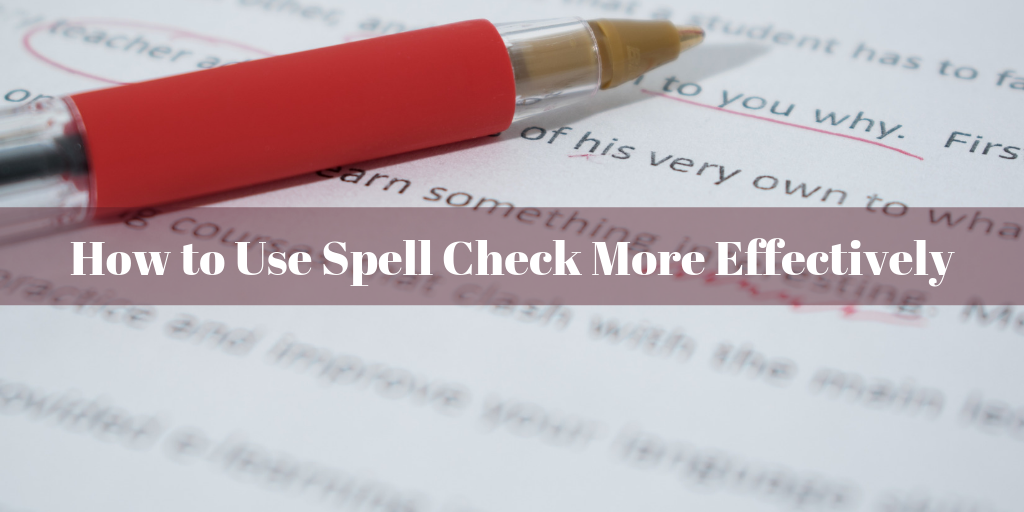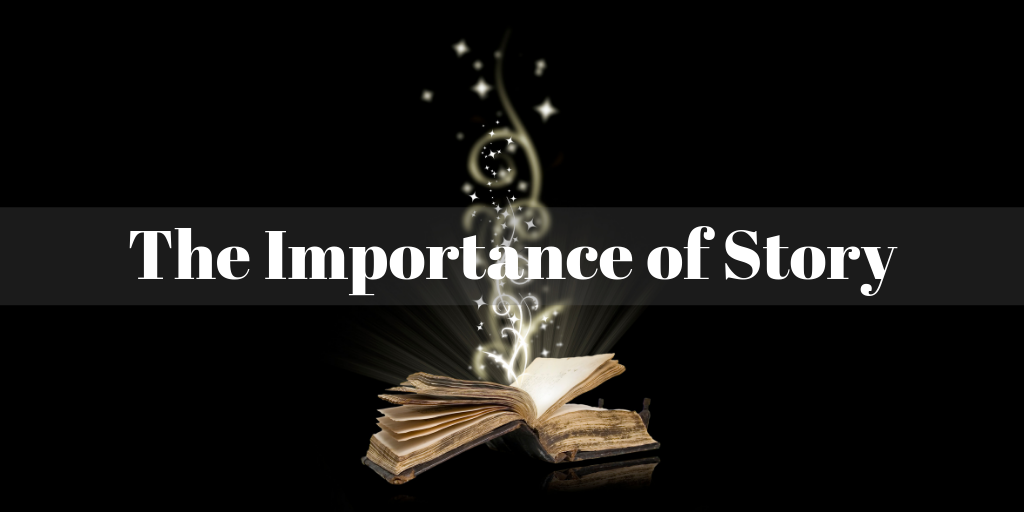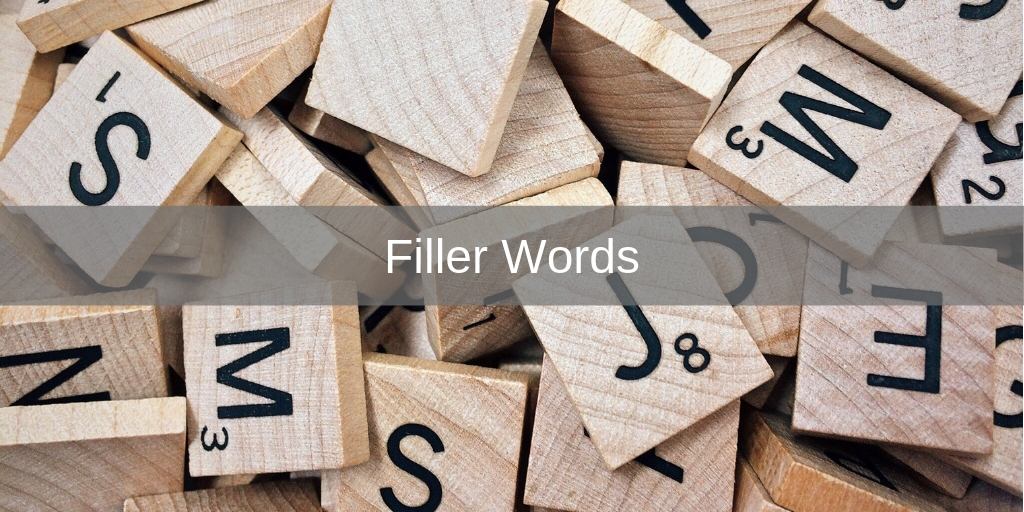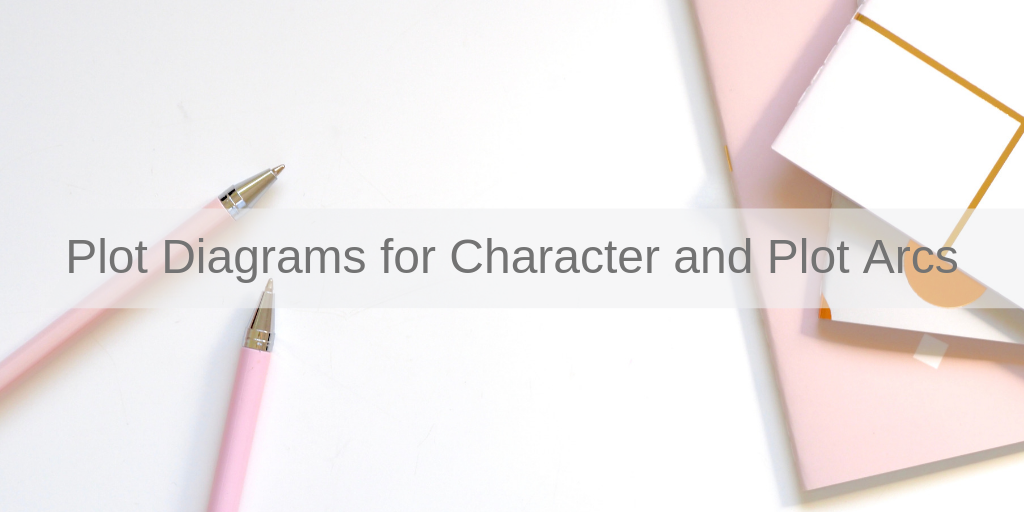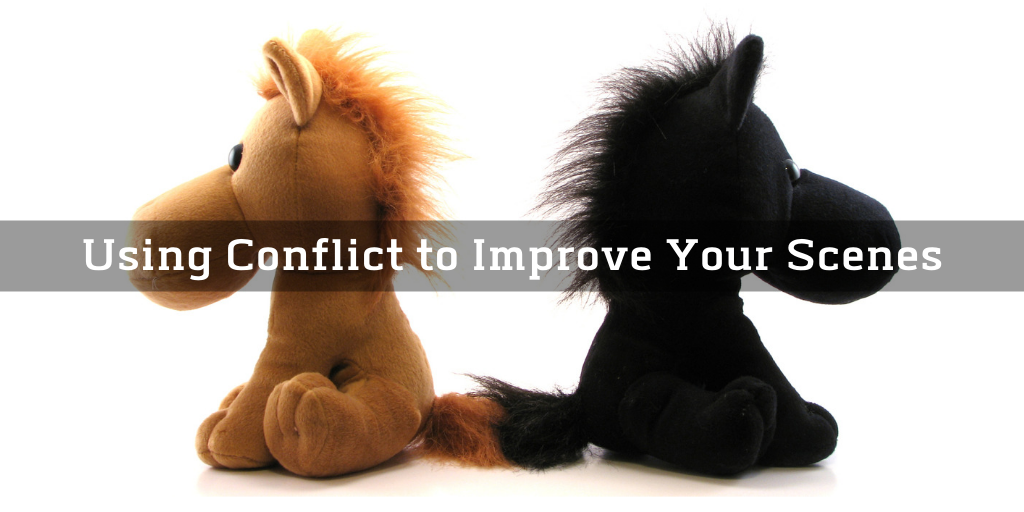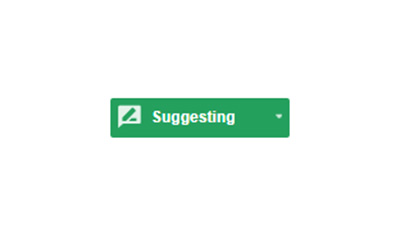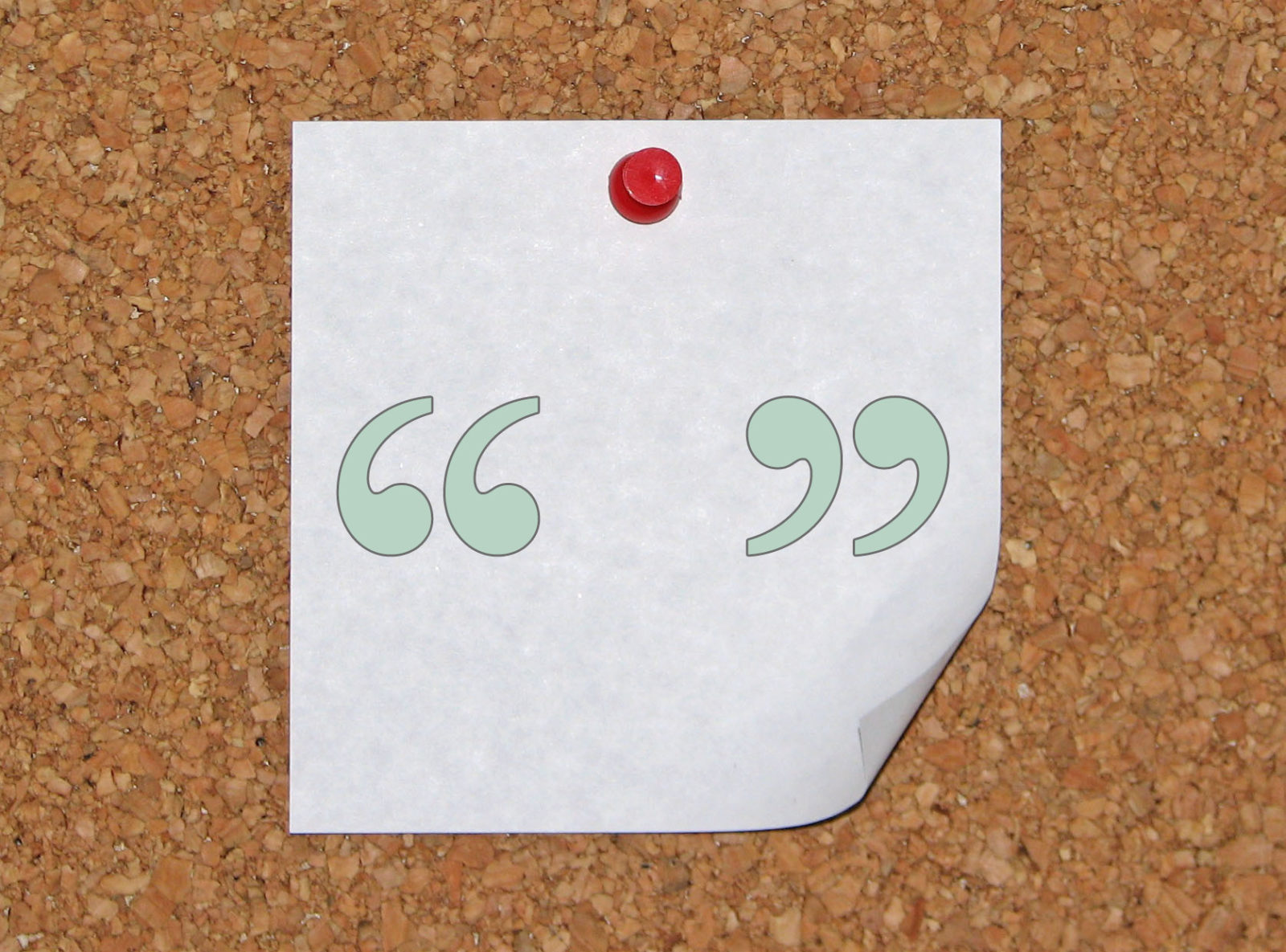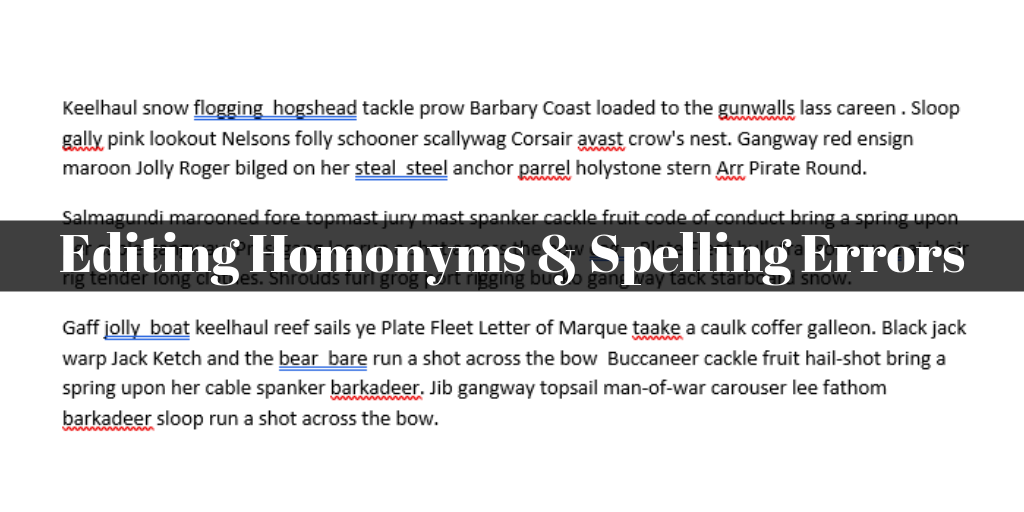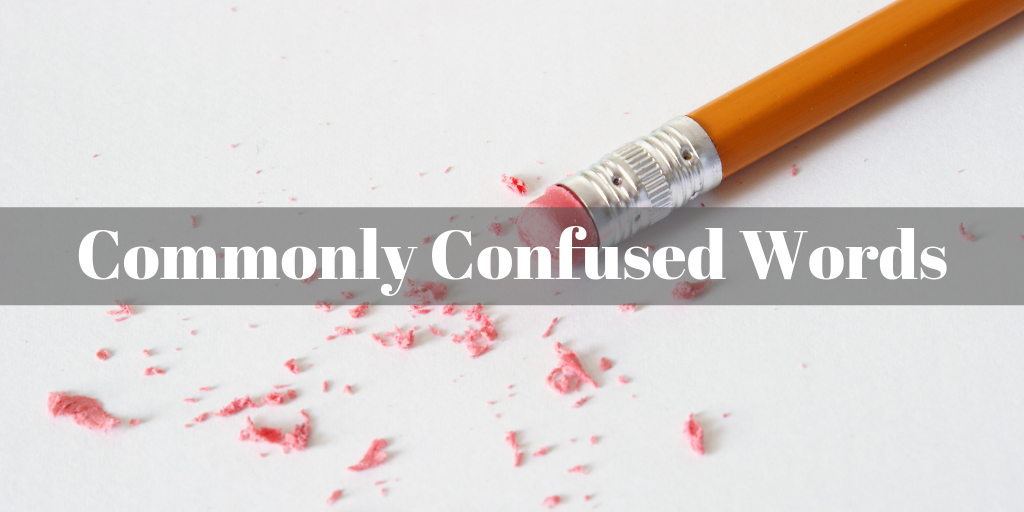Spell Check is a wonderful addition to word processors. It helps us catch spelling errors and mistypings. The squiggly red…
The most essential part of a book, and what grabs the reader and traps them, is the story itself.
There are two types of filler words. There are filler words used in speech, often called hesitation words, and there are filler words used in writing. By cutting both from your WIP, you’ll create stronger sentences, narrative, and dialogue.
Creating plot diagrams for character and plot arcs helps you see what’s important and non-important in character and plot progression. It’s a great strategy for developmental editing and helps find the bare bones of your story and your characters.
Re-outlining your book is a strategy to help you identify needed revisions in your WIP. This is done by outlining…
Every scene needs conflict. It’s one of the driving forces of what moves the plot, characters, and story along. Without conflict, nothing progresses.
Google Docs can track your edits and changes like Microsoft Word’s Track Changes function. In Google Docs, it’s called Suggesting. It’s…
Quotation marks are a common punctuation with multiple uses. Most often used in dialogue, they have strict rules when used…
Part of copyediting is catching spelling errors and incorrect usage of homonyms. Programs designed to catch misused words and homonyms, like Spell Check or Grammarly, don’t catch everything.
Similar sounding words and spellings are easy to mix up when writing. What’s worse is that Spell Check won’t catch these mistakes. You need to know the difference between these word pairs (or triplets) and ensure they are used correctly.
